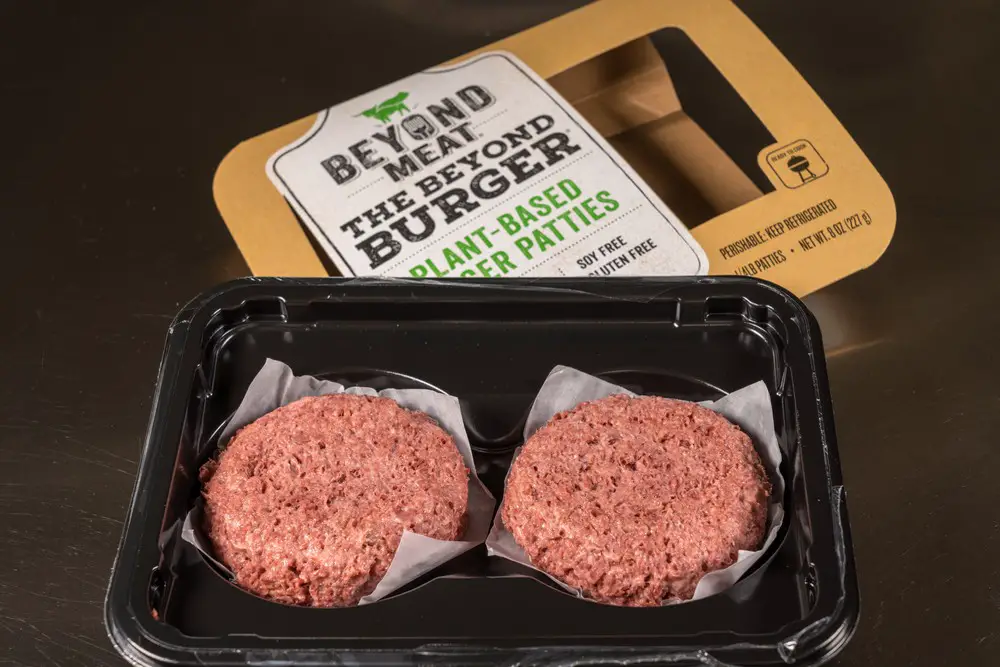If you’re standing knee-deep in floodwaters, your power is out, and your foods are soaked through, you likely have one nagging question: Are my food supplies safe? Water damage can wreak havoc on food safety. Even when the waters recede, the dangers often hide in unassuming places. Let’s explore the implications of water damage to our meals.
Water Damage and Food Contamination
Much is taken for granted when it comes to clean water. It’s essential for cooking, cleaning, and hydrating. But when disaster ensues and water damages our food, a host of unwelcome contaminants could invade our meals.
Water damage can usher countless pathogens into our pantries. Foods, particularly those in cardboard or paper packaging, readily absorb water, which in turn moves harmful microorganisms into our foods.
Common culprits like E. coli or Salmonella can easily contaminate compromised foods. These bacteria originate from fecal matter and could cause severe illnesses when ingested.
But it’s not just bacteria that endanger our health after a flood; various chemicals could move from floodwater right onto your dinner plate. Let the Water Damage Experts handle the aftermath while you keep a safe distance.
Microbial Growth in Water-Damaged Food
Pristine conditions rarely follow flooding events. Mold spores often bloom into full-blown fungi across water-damaged food. Molds favor warm and damp areas, making a flooded pantry or refrigerator an ideal growing spot.
Ingesting moldy food can lead to numerous ailments, such as allergic reactions or respiratory issues. Even pesky molds can cause health conditions in certain people.
And it’s not only visible molds you should worry about; yeasts and other microorganisms can also sprout in damp foods, leading to spoilage and possible infections.
Consider a water-damaged food item as a welcome mat for these infectious particles. It’s better to dispose of those groceries immediately, maintaining your health over economic value.
Chemical Leaching after Water Damage
After a flooding event, stark images of floating toxic barrels often invade news broadcasts. However, closer to home, chemical contamination can prove more insidious.
Flood waters, particularly those from urban areas or industrial sites, bear a cocktail of chemicals. These could range from fuels and solvents to pesticides. Such substances pose enormous risks once they leech into our foods.
Benzene, a common pollutant, carries links to leukemia and other cancers if ingested regularly. Worse still, children exhibit higher susceptibility to these dangers.
Another danger lies in chemical migration between plastic packaging and food containing Food Contact Materials (FCMs). Floodwater can stimulate this transfer, causing unknown chemicals to mix with your dinner.
Impact on Food’s Nutritional Value
In addition to microbes and chemicals, water damage affects the nutrient profiles of our foods. Sure, vitamins like Vitamin C notoriously break down when exposed to air or light, but has anyone considered the water dimension?
Beyond surface-level damage, flooding can cause significant nutrient loss in stored foods. Foods submerged in water will likely face accelerated decay, oxidation, or even fermentation processes that reduce their nutritional value.
This degradation is further propelled when floodwaters supercharge bacterial activities on fruit skins. As bacteria perish or multiply, shifts occur along their nutritional landscape — potentially reducing food’s dietary benefits.
Essential dietary fibers can also face ruin in wet storage conditions. Fiber-rich foods like grains thus face a double hit: potential bacterial infection and nutritional loss.
Deterioration of Food Packaging
We sometimes overlook the crucial role of packaging in maintaining food safety. Given its silent but significant part, discussing this often ignored component of food security is only fitting.
During flooding, packaging begins to fail us miserably. Our typical go-to materials like paper or cardboard become the weakest link, readily absorbing moisture and becoming a perfect host for microorganism proliferation.
It’s no secret that plastic has adverse effects on the environment, but when inundated, it is not as safe as we think. Bisphenol A (BPA), a harmful chemical used in plastic manufacturing, can leech into your food with the assistance of dirty floodwater.
Apart from direct contamination, moisture-damaged packaging can also pose hurdles during the post-disaster recovery phase. Soggy labels make it difficult to decipher product information, while water-logged cans could breed botulism, a potentially fatal disease caused by Clostridium Botulinum.
Foodborne Illnesses from Water-Damaged Food
The ingestion of water-damaged food poses significant health risks. These perils stem from the wide range of infectious microorganisms that proliferate in damp environments. These pathogens can inflict severe conditions, often called foodborne illnesses or food poisoning.
A well-known cause of these diseases is Salmonella Bacteria (SB). This germ breeds swiftly in moisture-laden environments, and upon consumption, can incite violent gastrointestinal troubles, even death in severe cases. Another prominent pathogen found in floodwaters is Escherichia Coli (E.Coli), which causes severe abdominal cramps, bloody diarrhea, and vomiting when ingested.
Additionally, the Hepatitis A virus poses substantial threats during flooding. It can get into our foods by contamination from fecal matter and cause fever, nausea, and, in grim instances – liver failure. Keep a safe distance from floodwater; its unseen dangers are vast and dangerous.
Effects on Pre-Canned and Vacuum-Sealed Foods
Pre-canned goods have long been bastions of shelf stability. However, this reliability falters when subjected to water damage. Floodwater seepage can degrade the safety seals, causing the contents to spoil swiftly or become a breeding ground for dangerous microbes like Clostridium botulinum, the causative agent of Botulism.
The same situation applies to vacuum-sealed packages. While these packages surpass other types concerning shelf-life under conventional circumstances, their performance degrades significantly once flooded. Vacuum packaging primarily inhibits aerobic bacteria (that requires oxygen) growth but leaves the food vulnerable to anaerobic bacteria (that doesn’t require oxygen) like Botulism.
It is safe to say that even slight water damage compromises canned or vacuum-sealed foods. It is better to scrap these items rather than risk ingesting risky pathogens.
Best Practices for Handling Flood-Affected Food
Here are some recommended guidelines when dealing with water-damaged food:
- Discard Canned Foods: Tinged cans or those with compromised seals should be discarded immediately.
- Simplify Inventory: Don’t try to keep track of water-touched foods. It is far easier and safer to dispose of any affected supplies after the flood.
- Inspect Utensils and Cookware: Anything with contact with floodwaters should be thoroughly cleaned and disinfected before use.
- Cook Thoroughly: If you keep the salvaged produce, ensure they are cooked adequately at high temperatures to kill potential pathogens.
Maintain guard against flood water contamination; prevention is the surest path toward food safety post-flooding.
Risks to Commercial Food Establishments
Floods result in substantial risks for commercial food establishments. In addition to inventory loss, water exposure can accelerate the decay of critical kitchen equipment or infrastructure. This decay can have long-term ramifications on overall shop hygiene, fostering a favorable environment for bacterial growth.
Much like residences, commercial spaces should discard all flood-exposed food stocks. Moreover, it’s crucial to get the premises inspected by local health departments before reopening. Safety always precedes profits; an outbreak of foodborne illness will invariably lead to litigation and reputational damage – both of which could shutter an establishment.
Regulations for Food Safety Post-Flooding
After flood events, local health departments typically enforce stringent regulations on food safety. They demand thorough cleaning, disinfection, and sometimes renovation of contaminated premises. Authorities might also command the destruction of flood-exposed stock to curb the propagation of foodborne diseases.
Restaurants and grocers should obey the guidelines in the letter; defiance carries hefty penalties. The U.S. Food and Drug Administration (FDA) provides comprehensive data advising on food safety practices after flood events.
Remember, rules aren’t made to hamper business recovery but to protect public health. Adherence means safeguarding your patrons and yourself from disease outbreak aftermaths.
The Final Word
Beyond physical destruction, floods pose significant threats to our food supply. Numerous infectious pathogens and hazardous chemicals vie for entry into our meals after a flood. It’s paramount that we balance financial losses against potential health impacts as we cope with flood aftermaths. An educated, cautious approach to food safety will indeed guide us toward healthier futures post-disaster.







